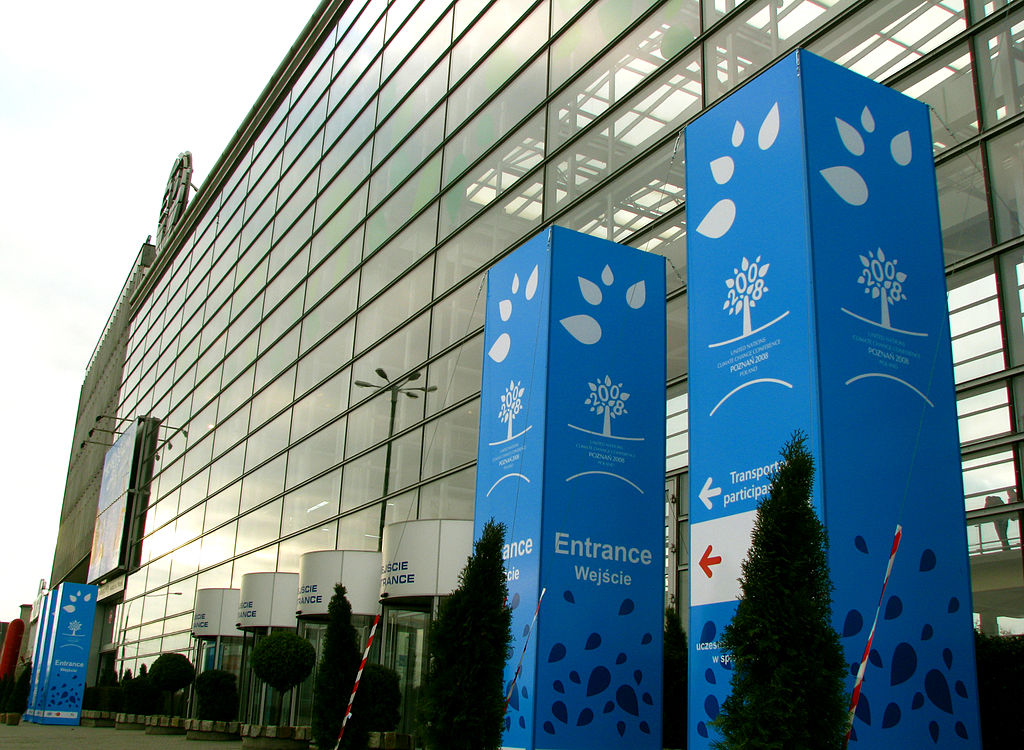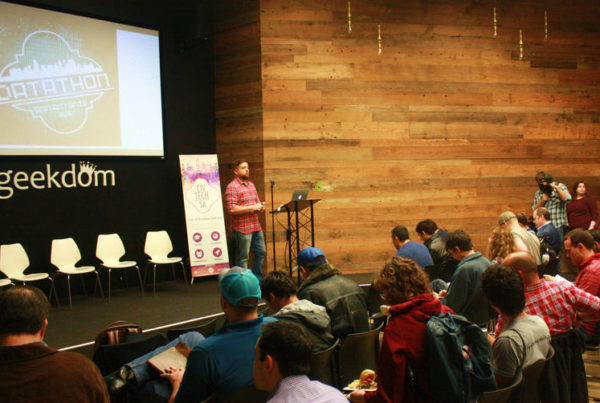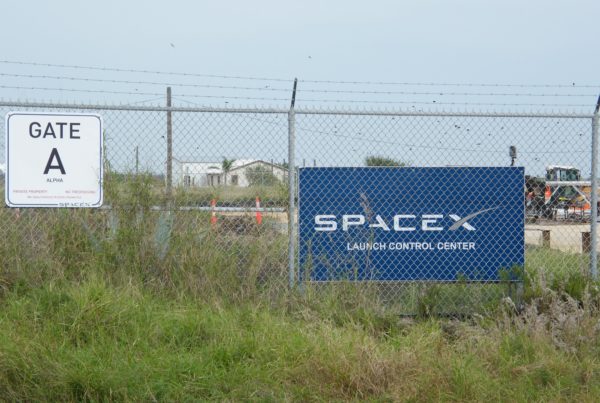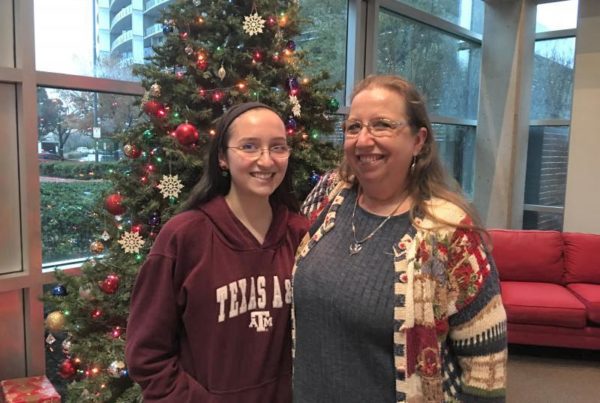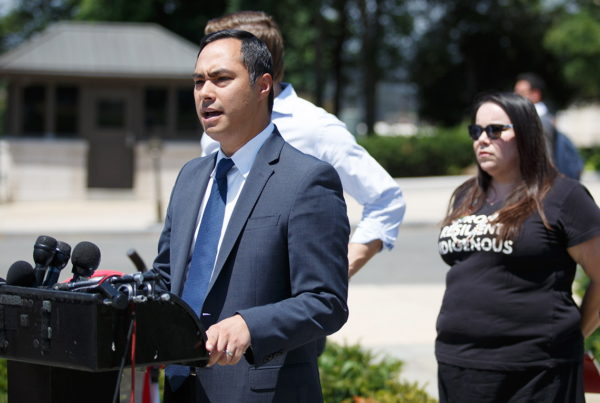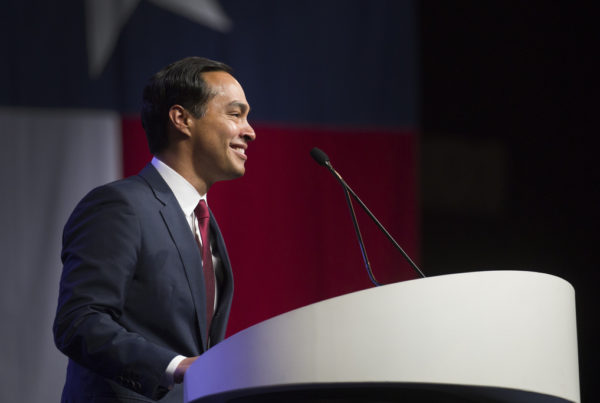For the last two weeks, representatives from nearly 200 countries have been in Poland at the United Nations’ Conference of the Parties, or COP, talking about ways to help prevent the planet from getting warmer. But what, if anything, should we be doing as individuals about the problem, and what role do businesses and the government play?
Texas Standard assembled an expert panel to walk us through what is happening with the environment today, how government inaction is affecting the climate and how we can take action in our own lives.
Brady Dennis is a reporter for The Washington Post who focuses on the environment and public health. He is currently covering the COP in Poland and says the international response to climate change is hampered by the United State’s retreat from leadership, initiated by President Donald Trump. Trump withdrew the U.S. from the Paris climate agreement.
“The U.S. was really a driving force in what became the Paris agreement in 2015,” Dennis says. “It pushed other nations to think ambitiously and sign up for this effort to cut global emissions and to combat climate change.”
Dennis says COP participants are looking for other countries to step up and assume leadership in climate policy.
“It’s hard to fill a U.S.-sized void,” he says.
Justin Penn is lead researcher in chemical oceanography at the University of Washington in Seattle. He says we can learn what the effects of climate change might be by studying a period of ecological devastation called the “Great Dying” that occurred some 250 million years ago. Penn says the dying – the largest mass extinction in the fossil record – was connected to volcanic greenhouse gas release. Recent discoveries explain why those gasses were released in amounts sufficient to trigger the dying.
“My colleagues and I … took global climate simulations [and] test[ed] those predictions of extinction by looking in the fossil record, looking for the pattern of extinction across the planet, and … what we see is that global warming and the loss of oxygen from the ocean would have caused the patterns of extinction at the Great Dying,” Penn says.
He says that the patterns of ocean warming that are occurring today are the same ones that caused mass extinction in the past.
Katherine Romanak, a research scientist at the Bureau of Economic Geology at the University of Texas at Austin, also attended the COP conference in Poland. Romanak says that once scientists, government leaders and individuals understand what is actually happening to the climate, it will be possible to choose a path forward.
“We need sweeping behavioral changes,” Romanak says. “One of the things we can do is to look at every single material object that you use every day, and see it as a carbon emission. Because the manufacture, the transport and everything around that is a carbon emission.”
Romanak suggests individuals choose an action they can take and stick to it. Examples include no meat Mondays or always carrying a reusable bag. More ideas and resources are available at the U.N.’s Climate Neutral Now website.
“You can actually calculate your own personal carbon emissions, and you can buy credits to offset your own personal emissions,” she says.
Dennis says governments must get involved if the impact of climate change is to be slowed.
Penn says he’s optimistic about the possibility of mitigating climate change impacts. The Great Dying was caused by natural factors, while current climate change is due to human activity.
“We’ve identified the problem in this work that’s just been published, but we’ve also identified the solution, and that’s to cut emissions of CO2 into the atmosphere to stop emissions,” Penn says.
He says that individuals can make a real impact on climate change by voting for leaders who support policies that address it.
Romanak says technology exists that can capture emitted carbon before it can do damage in the atmosphere. She says storing captured carbon is easy to do, but it’s expensive – at least for now.
Written by Shelly Brisbin.


